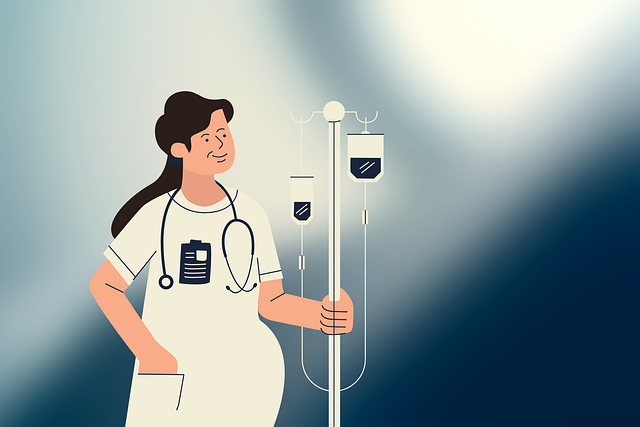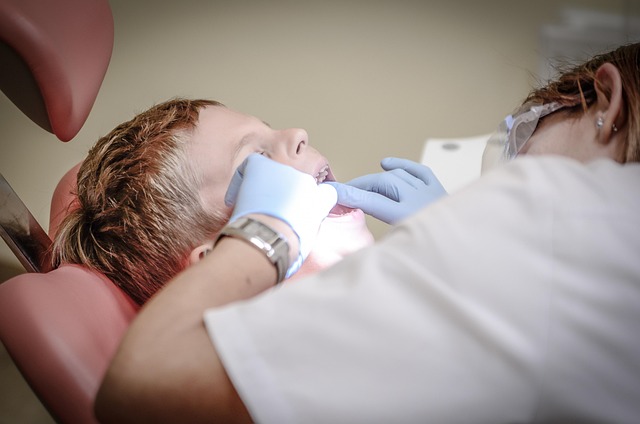Long-term chiropractic rehabilitation after car wrecks involves a holistic approach focusing on personalized care, including detailed assessments, tailored treatment plans, exercises, and lifestyle modifications to promote healing, improve mobility, prevent future injuries, and achieve lasting well-being. Regular follow-ups with chiropractors are crucial for monitoring progress and ensuring sustained recovery.
Chiropractors offer specialized care for individuals recovering from car accidents, creating tailored treatment plans known as customized chiropractic recovery programs. This comprehensive approach goes beyond addressing immediate symptoms, focusing on long-term wellness and pain prevention. By understanding the unique needs of each patient, these plans integrate various techniques to promote healing and enhance overall mobility. Effective rehabilitation involves a multifaceted strategy, encompassing physical therapy, ergonomic adjustments, and lifestyle modifications to ensure sustained recovery and reduce the risk of relapse in the aftermath of a car wreck.
- Understanding Individualized Chiropractic Care After Car Accidents
- Components of Effective Long-Term Rehabilitation Programs
- Strategies for Sustaining Recovery and Preventing Relapse
Understanding Individualized Chiropractic Care After Car Accidents

Chiropractic care after a car accident is increasingly recognized for its effectiveness in managing pain and facilitating recovery. Unlike generalized treatment plans, individualized chiropractic care tailors rehabilitation strategies to each patient’s specific needs. After a car wreck, the impact can lead to a range of musculoskeletal issues, from neck and back injuries to whiplash and joint dislocations. A chiropractor will conduct a comprehensive assessment, using diagnostic tools like X-rays and physical examinations, to understand the extent and nature of these injuries.
This personalized approach goes beyond addressing immediate pain relief. Long-term chiropractic rehabilitation after car wrecks focuses on restoring range of motion, improving spinal alignment, and strengthening affected areas to prevent future injuries. The plan may include manual adjustments, specific exercises, and lifestyle modifications, all designed to help patients regain mobility, reduce discomfort, and return to their regular activities. This holistic approach ensures that individuals receive care not just for the immediate aftermath of an accident but also for their lasting well-being.
Components of Effective Long-Term Rehabilitation Programs

Effective long-term chiropractic rehabilitation after car wrecks involves a multifaceted approach tailored to individual patient needs. The primary components include comprehensive assessment, personalized treatment plans, progressive strengthening exercises, and education on injury management and prevention. A qualified chiropractor will assess not only the physical damage but also the patient’s lifestyle, work demands, and overall health to design a holistic recovery roadmap.
This rehabilitation process extends beyond addressing immediate pain relief. It focuses on restoring range of motion, improving spinal stability, enhancing muscle strength surrounding the affected areas, and providing patients with tools to maintain their progress long after treatment concludes. Regular follow-ups are crucial to monitor progress, adjust the plan as needed, and ensure sustained recovery for optimal quality of life post-car wreck.
Strategies for Sustaining Recovery and Preventing Relapse

After a car wreck, long-term chiropractic rehabilitation is crucial for a full and lasting recovery. To ensure sustained progress and prevent relapse, it’s essential to incorporate several key strategies into your plan. Firstly, regular check-ins with your chiropractor are vital to monitor your healing process and adjust treatments as needed. Additionally, adhering to recommended exercises and stretches can help maintain mobility and strengthen supporting muscles, significantly reducing the risk of future injuries.
Maintaining a consistent lifestyle that promotes good posture, adequate sleep, and balanced nutrition is another critical aspect. These foundational elements support overall health and facilitate efficient healing. Finally, stress management techniques, such as meditation or yoga, can play a significant role in recovery by promoting relaxation and reducing tension, which can exacerbate spinal issues.
Chiropractic care following a car accident extends far beyond initial adjustments. Customized, long-term chiropractic rehabilitation plans that consider each patient’s unique needs and goals are essential for optimal healing. By integrating strategies from various sections, including individualized care, comprehensive rehabilitation programs, and relapse prevention techniques, patients can navigate their recovery journey effectively, achieving lasting improvements in mobility and pain management. For those seeking sustainable solutions to manage ongoing symptoms post-car wrecks, long-term chiropractic rehabilitation is a vital step towards reclaiming their active lifestyles.














